Fountain of Armés, Sintra
#25 among attractions in Sintra
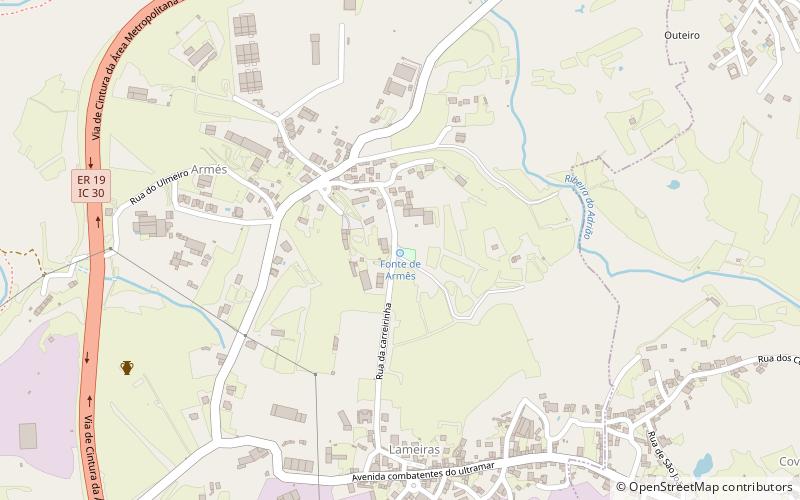
Facts and practical information
The Fountain of Armés, alternatively called the Fountain of the Moors, is a 1st-century fountain built by Lucius Iulius Maelo Caudicus, an Olisipo flamen, to honour the Roman Emperor Augustus, in the village of Armés, civil parish of Terrugem in Sintra. ()
Sintra Portugal
Fountain of Armés – popular in the area (distance from the attraction)
Nearby attractions include: Quinta da Regaleira, Pena Palace, Seteais Palace, Palace of Sintra.
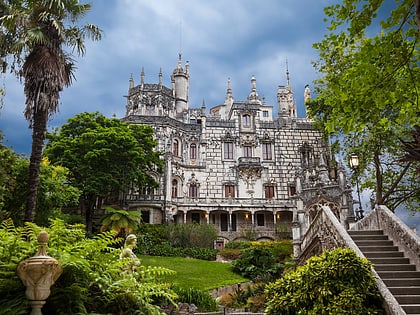 Palace and gardens hosting cultural events
Palace and gardens hosting cultural eventsQuinta da Regaleira, Sintra
122 min walk • Nestled in the mystical hills of Sintra, Portugal, Quinta da Regaleira is a captivating estate that embodies the grandeur and intrigue of turn-of-the-century architecture and landscaping. A true gem among Sintra's many UNESCO World Heritage sites, this museum is a...
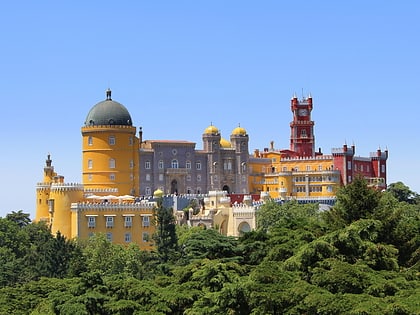 Hilltop Romanticist palace in parkland
Hilltop Romanticist palace in parklandPena Palace, Sintra
128 min walk • Perched atop a hill in the enchanting town of Sintra, Portugal, stands the vibrant Pena Palace, a prime example of 19th-century Romanticism in architecture and a designated UNESCO World Heritage Site. This fantastical palace is not only a museum but a visual...
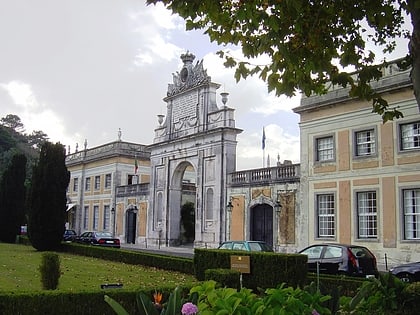 Palace
PalaceSeteais Palace, Sintra
120 min walk • Seteais Palace is a neoclassical gem nestled in the verdant hills of Sintra, Portugal. Built in the late 18th century, this elegant palace exudes a sense of historical grandeur, transporting visitors back to a time of aristocratic finesse.
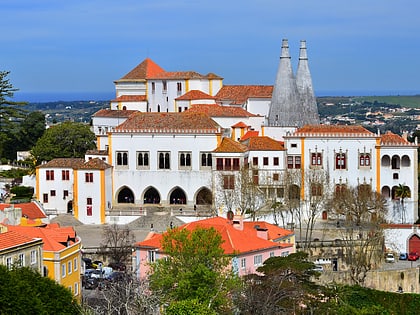 Moorish palace and tile collection
Moorish palace and tile collectionPalace of Sintra, Sintra
114 min walk • Nestled in the verdant hills of the Portuguese Riviera, the Palace of Sintra, also known as the National Palace of Sintra, stands as a testament to the rich tapestry of Portugal's history. This distinguished museum, located in the heart of the charming city of Sintra...
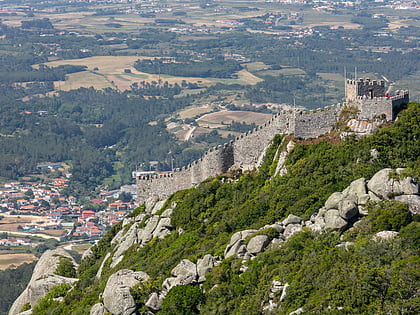 Hilltop Moorish fortress with sea views
Hilltop Moorish fortress with sea viewsCastle of the Moors, Sintra
120 min walk • Perched atop the Sintra Mountains, the Castle of the Moors stands as an emblem of Portugal's rich historical tapestry. This striking fortress, with origins dating back to the 8th century during the Moorish occupation of the Iberian Peninsula, offers a window into a...
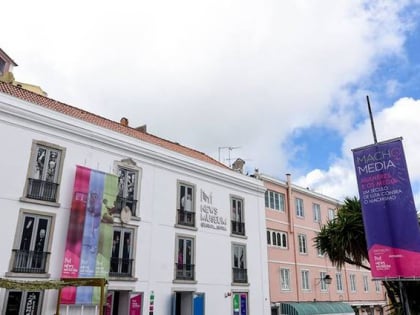 Museum, Specialty museum
Museum, Specialty museumNewsMuseum, Sintra
115 min walk • The NewsMuseum is a museum dedicated to news, media and communication located in Sintra, Portugal. Inspired by the Washington’s Newseum, it was inaugurated in the first minutes of 25 April 2016, in an event attended by the President of the Portuguese Republic, Marcelo Rebelo de Sousa.
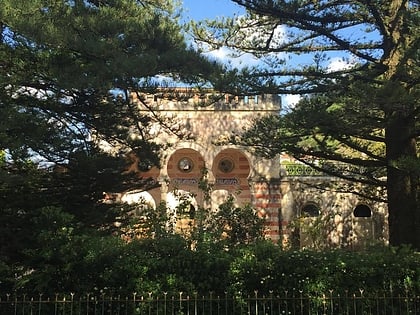 Palace, Gothic Revival architecture, Vernacular architecture
Palace, Gothic Revival architecture, Vernacular architectureQuinta do Relógio, Sintra
119 min walk • Quinta do Relógio is a quinta located near the historic center of Sintra, on the Portuguese Riviera. It is classified as a World Heritage Site by UNESCO within the "Cultural Landscape of Sintra".
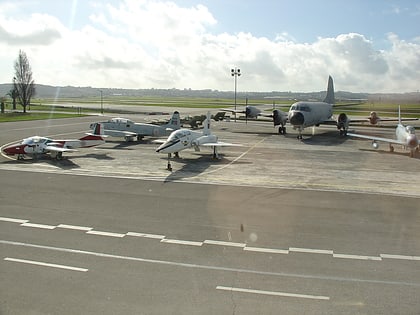 Museum, History museum
Museum, History museumMuseu do Ar, Sintra
24 min walk • The Air Museum is an aviation museum of the Portuguese Air Force located at Sintra Air Base and with spaces at Ovar and Alverca.
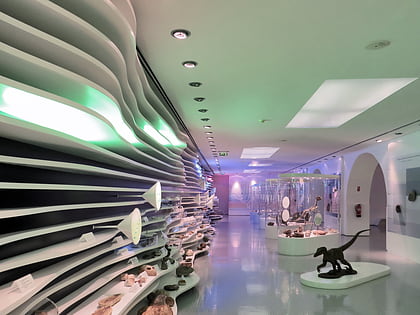 Museum, Natural history museum
Museum, Natural history museumSintra Natural History Museum, Sintra
112 min walk • The Sintra Natural History Museum is a museum of natural history located in the historic center of the village of Sintra. The museum has both at national and international level due to the quality and rarity of many of its exhibits.
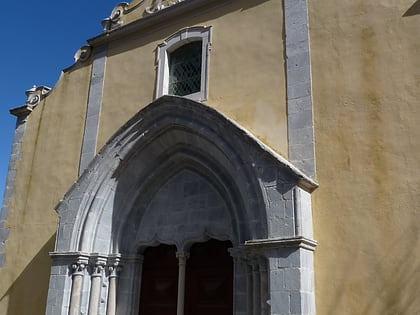 Church
ChurchIgreja de Santa Maria, Sintra
115 min walk • Igreja de Santa Maria is a church in Sintra, Portugal. It has been classified as a National Monument since 1922 and is part of the Cultural Landscape of Sintra, a World Heritage Site since 1995. The church, with three naves, represents the transition between Romanesque and Gothic of the mid-12th century.
 Museum
MuseumArchaeological Museum of São Miguel de Odrinhas, Sintra
73 min walk • The Archaeological Museum of São Miguel de Odrinhas in Sintra municipality, Lisbon District, Portugal owes its existence to the collection by the Hermitage of São Miguel of epigraphic stones found amongst the Roman ruins in the neighbourhood. Around the year 30 B.C.